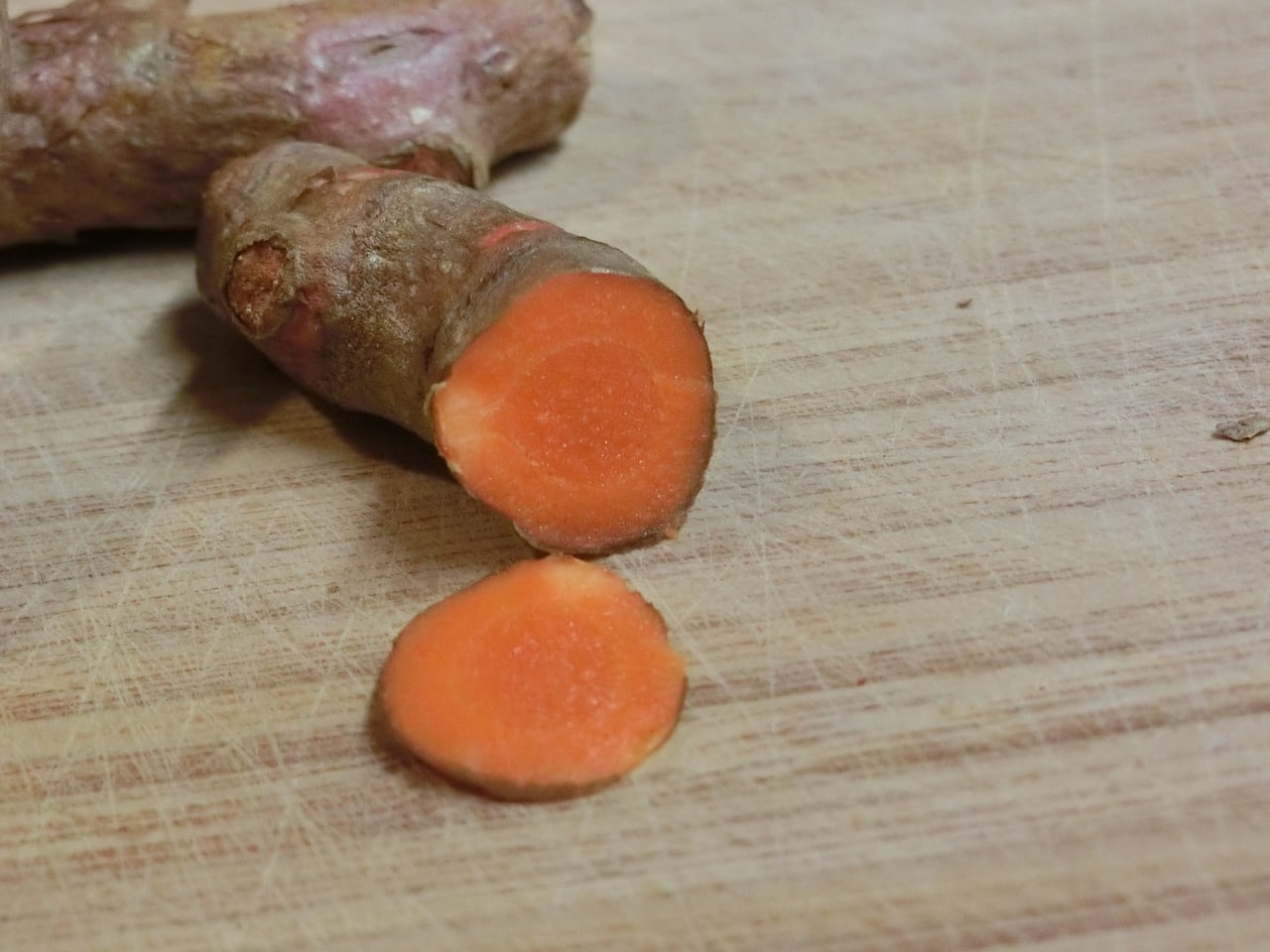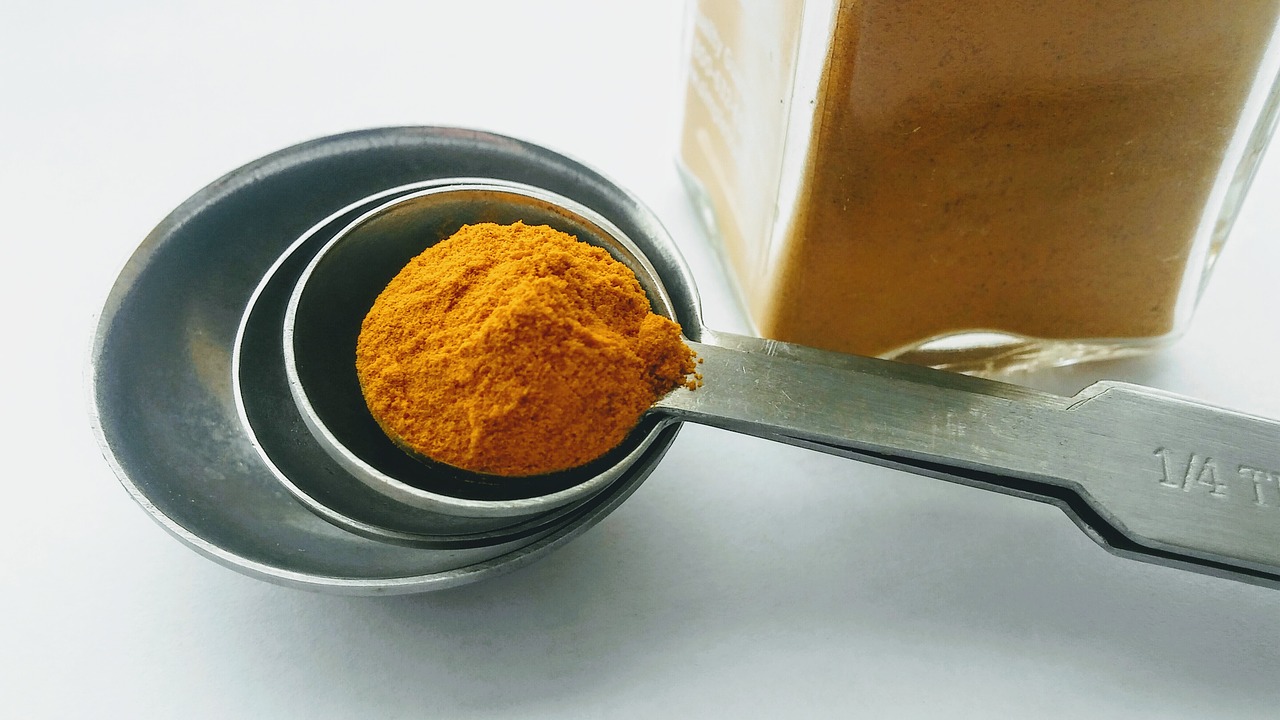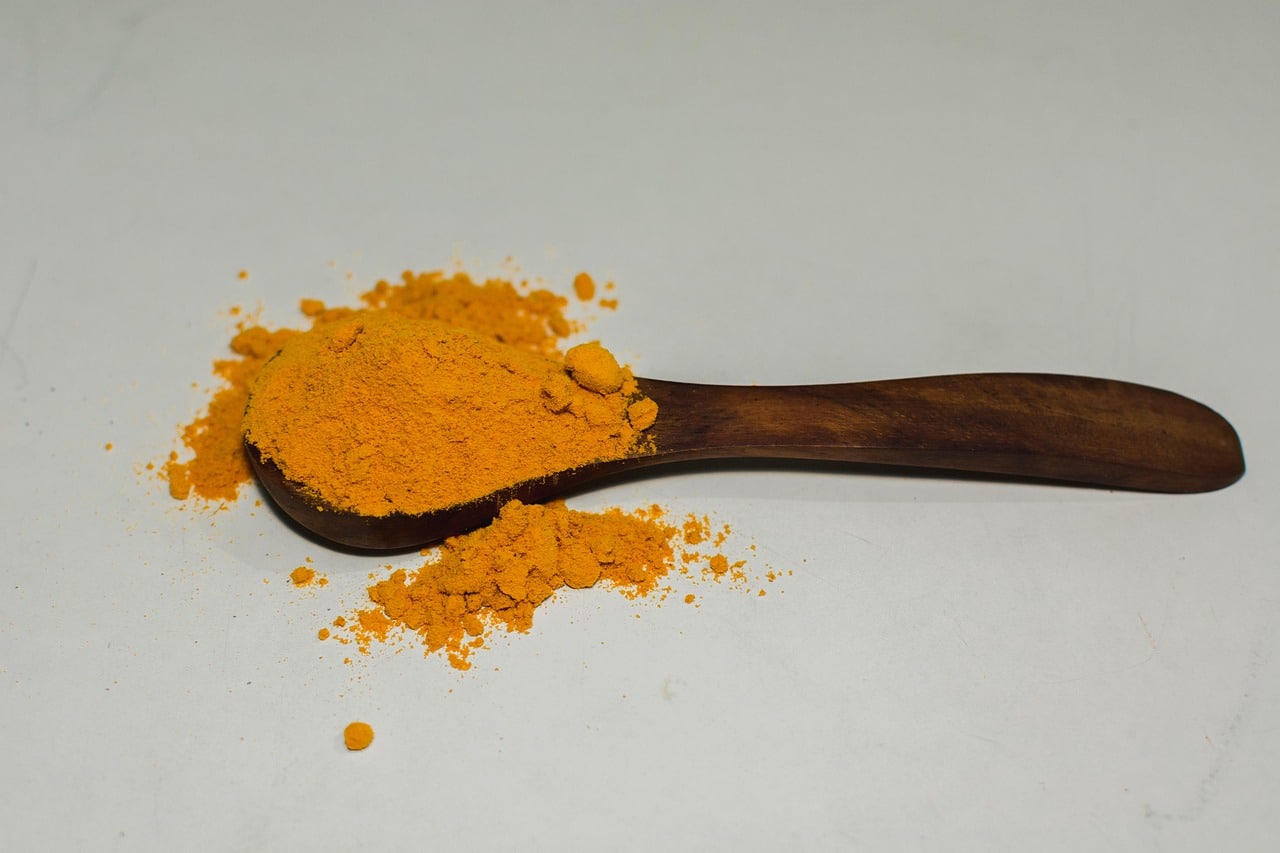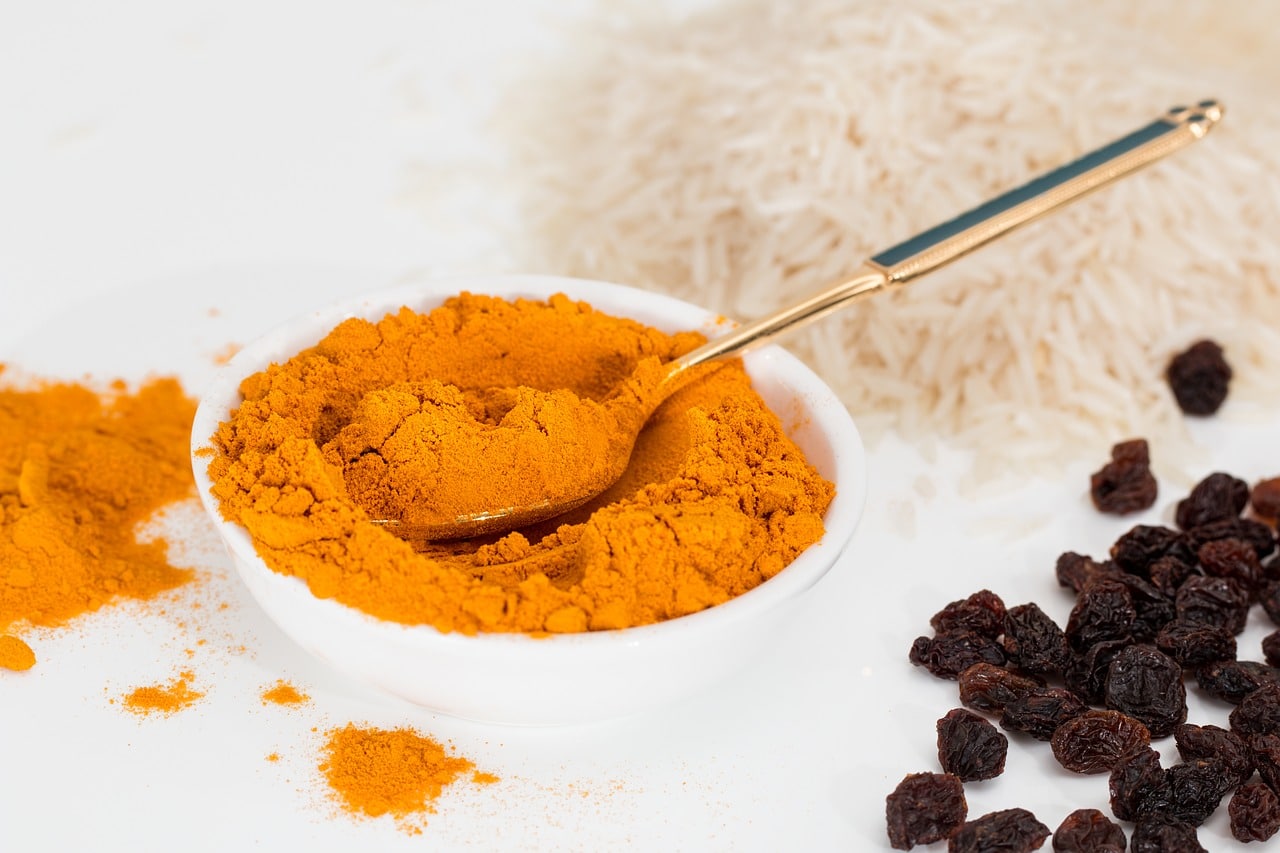Turmeric is an aromatic spice that is used as a flavoring as well as a coloring agent. Especially if you are Indian, turmeric plays a significant role in your day to cooking and is a must-have spice in your kitchen. Indians use turmeric for most dishes cooked every day, but that’s not all. In addition to its pungent aroma and flavor, turmeric is also popular for its countless health benefits. As it is known to have antioxidant, anti-inflammatory, anti-fungal, and anti-viral properties, we can certainly consider this extraordinary spice an essential ingredient for every healthy diet and lifestyle. And before we talk about the difference between raw turmeric and ground turmeric, let’s take a look at some of the benefits of raw turmeric.

Table of Contents
Benefits Of Turmeric
Turmeric is a nutritionally dense spice. It has been a key part of various traditional medical studies in parts of Indian and China. One tablespoon can provide you with a healthy dose of vitamin C, manganese, iron, and potassium, all of which contribute towards its antioxidant and anti-inflammatory properties.
Here are some benefits of adding turmeric to your meal:
- Promotes cardiovascular health.
- Beneficial for weight loss.
- Manages a healthy cholesterol level.
- Great for your skin as it prevents acne and moisturizes it.
- It improves cognitive ability and boosts brainpower.
- Enhances mood.

What Is Raw Turmeric (Kacchi Haldi)?
Turmeric is a flowering plant that belongs to the ginger family and has a similar outward appearance, though its insides appear more yellowish. Unlike ground or powdered turmeric, the raw product is available in this original form, which is the root of the plant. One of the most important compounds present in turmeric is known as curcumin, which also responsible for its bright yellow color and its long list of benefits. However, unlike ground turmeric, the raw version of turmeric cannot be simply added to the dish. It must be cut first and then crushed in a mortar and pestle before being considered as an ingredient.

Also Read: 6 Wonderful Alternatives For Turmeric
Different Ways Of Using Fresh Turmeric
Though the addition of the grated root and stems of turmeric might not be as easy as the addition of the powdered version (which you can find in your kitchen), still, there are many ways in which freshly plucked roots of this aromatic and flavorful spice and be of use:
- Grated raw turmeric can be easily added to other grains as well as rice before they are cooked. Its addition enhances both taste and aroma of the dish and lights it up with a little pungent twist, for it is much stronger as compared to the powdered turmeric.
- It can be a perfect flavoring agent for your soups or stews. It can be used to make a large variety of dishes apart from the ones that are and traditionally Indian.
- Grated turmeric roots can be further added to your salad. Softly drizzling these over a salad mix might just give its taste a little push, and as we all that agree that salad can sometimes taste bland and unappealing, perhaps the addition of turmeric might change that. The addition of raw tumeric to a bowl of salad, will of course, also make it so much healthier.
- Turmeric milk is yet another example in which raw turmeric can come handy. This golden beverage is usually served hot and is more of a medicinal remedy for boosting immunity, and for relief from season cold and coughs. It is used for treating sore throat and allergies, and the best time to drink it is before going to bed.
- Turmeric roots can effectively bring that zesty twist to your vegetable and fruit juices. And if you are thinking of adding grated turmeric juice in your blender, the make sure that you add a little amount of it, for it might overpower the taste.
Important Things To Note About Raw Turmeric
Before you decide to use raw turmeric and make it an everyday ingredient in your cooking process, there are a few things that must be noted. First, wash the turmeric, wipe it dry, and then store it inside the refrigerator packed in a paper bag. Fresh turmeric lasts for up to 2-3 weeks, so make sure that you use it as per your need and as per its freshness. You could also chop it up into small pieces and store it in glass bottles, ready to be used when you are making soups, broths or turmeric milk.

Fresh turmeric roots can easily leave stains on your hands while grating, so it is advised that you wear gloves while doing so. It can also leave light orangish marks on the grater itself, which can be removed with hot water and soap.
Side-Effects Of Raw Turmeric
Though turmeric is mostly a beneficial spice, it does not mean that you can eat as much of turmeric as you like. While the benefits of turmeric are many, it is also important for you to note the side-effects that can be caused by a heavy dosage of this spice. Here are a few:
- Low blood sugar levels.
- Digestive issues.
- Turmeric consumption prevents absorption of iron.
- Allergic reactions.
- Works as a blood thinner and may cause excessive bleeding.
Finally, you must understand that fresh turmeric is completely different from ground turmeric when it comes to its storage, preparation, or even flavor. So, even if you have decided to use the fresh roots of turmeric rather than its powdered form, just know that you have to treat it as a completely different ingredient.


